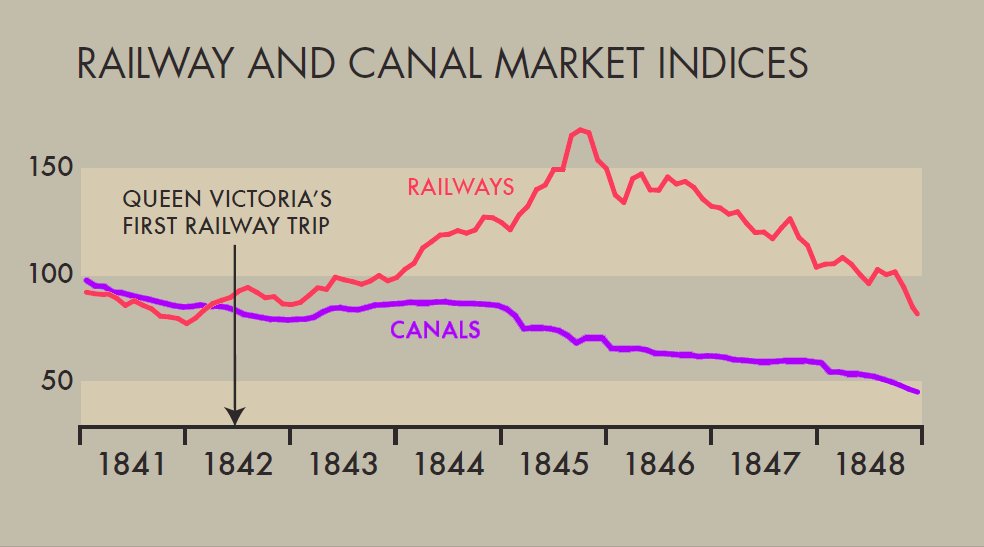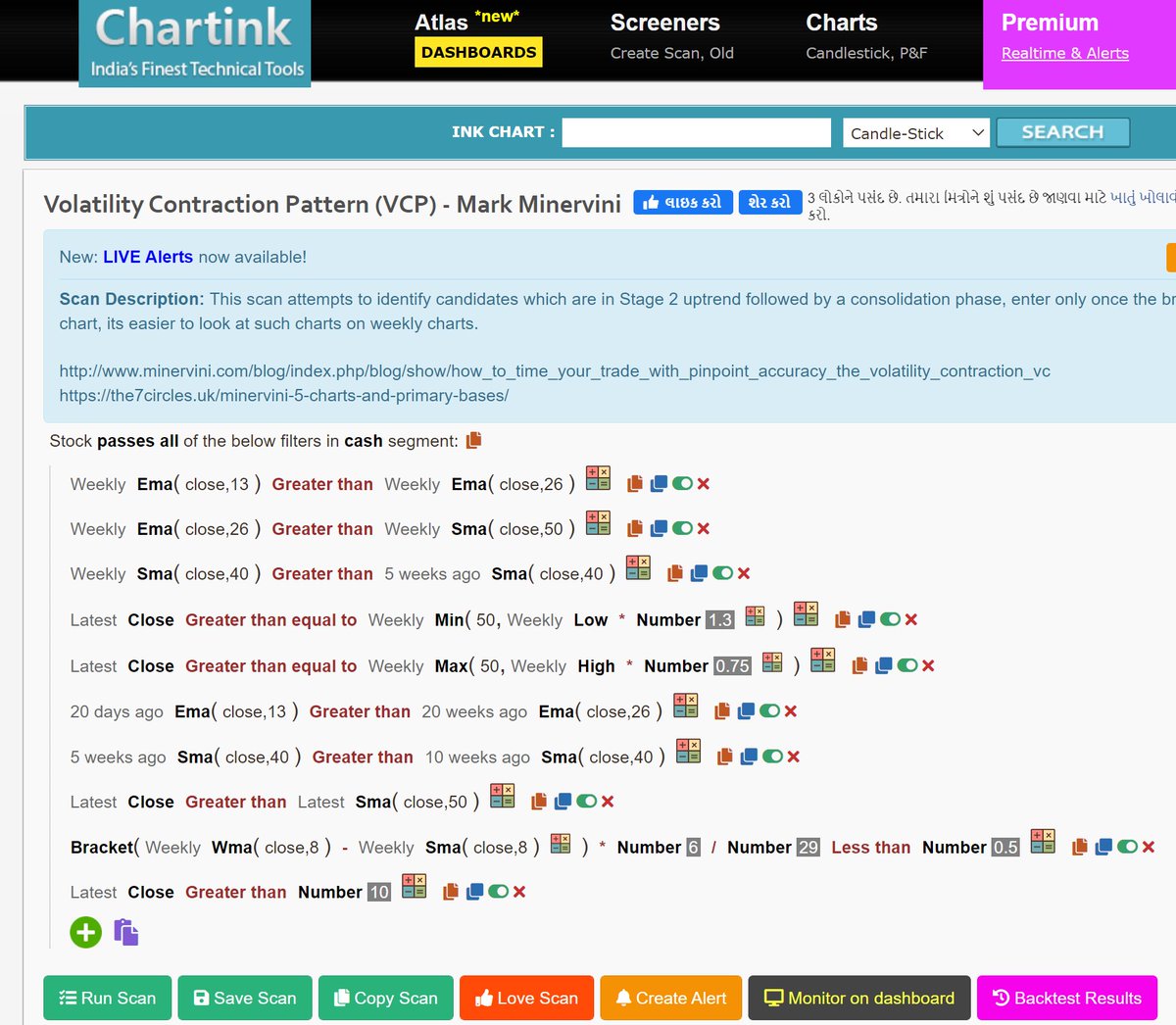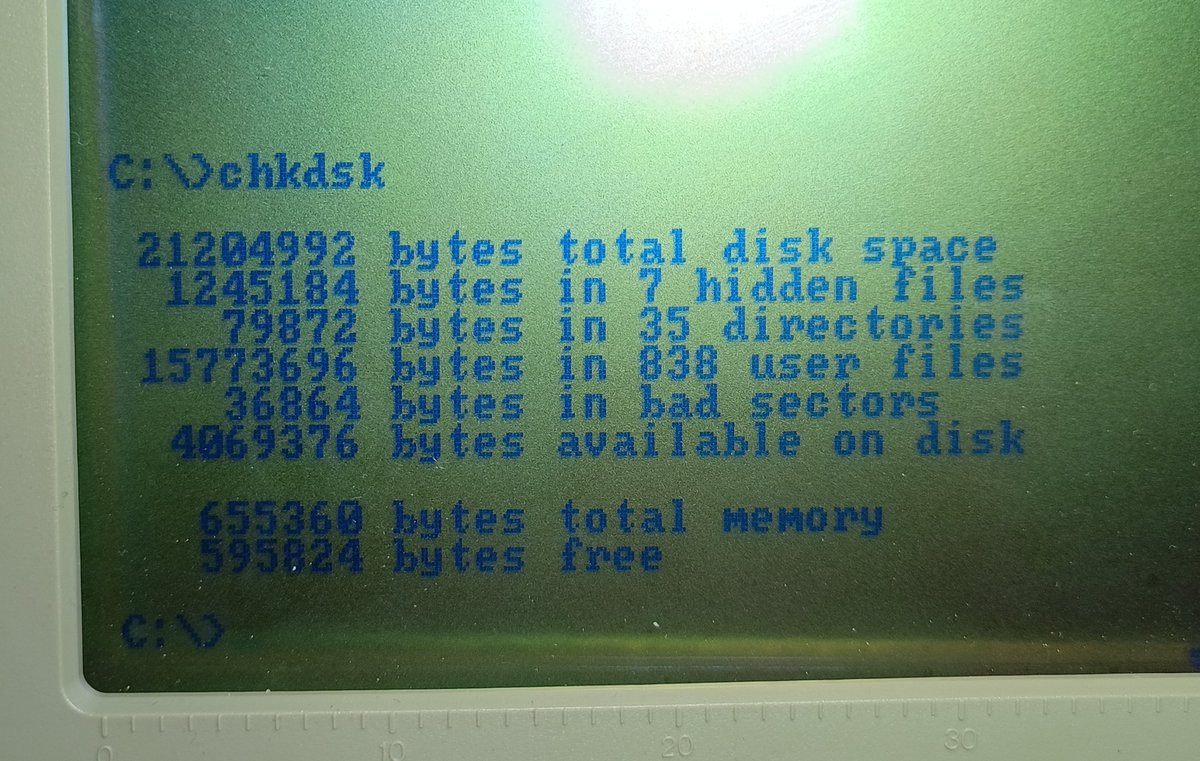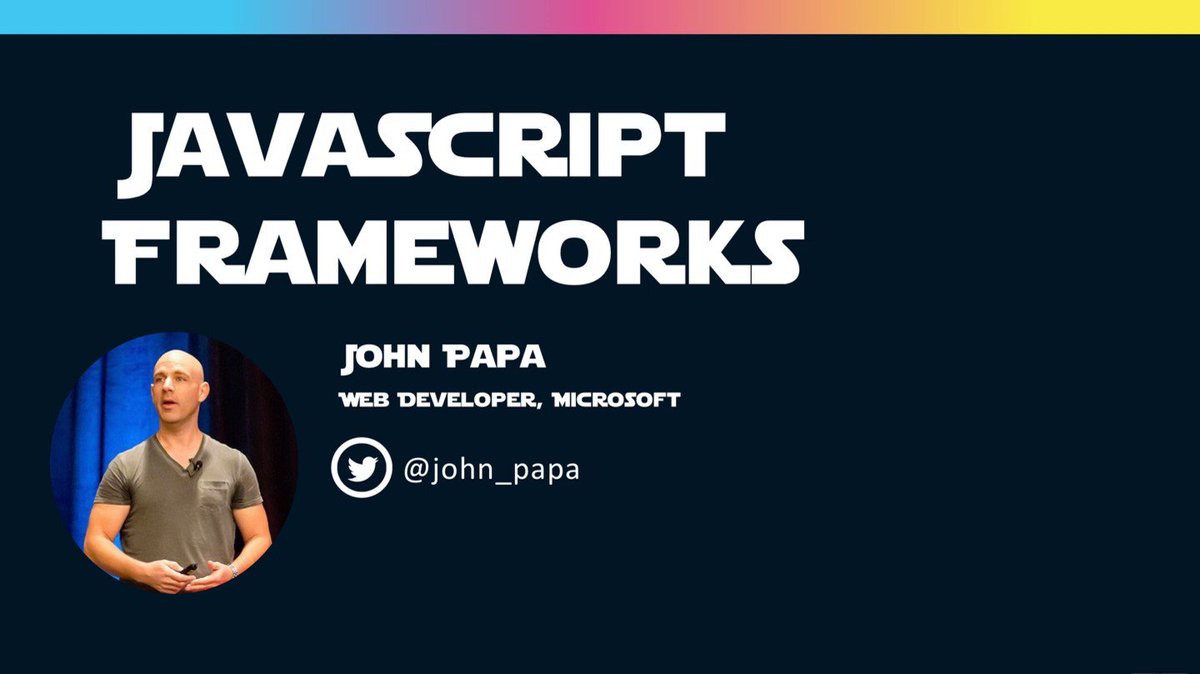The company’s origin story is incredible. 🔥
How @OthersideAI founders @mattshumer_ @MilesFeldstein and @JasonKuperberg amassed a 13k waitlist and $2.6m funding after building a demo in 2 hours.
Their product will change how we communicate. 👇🧵
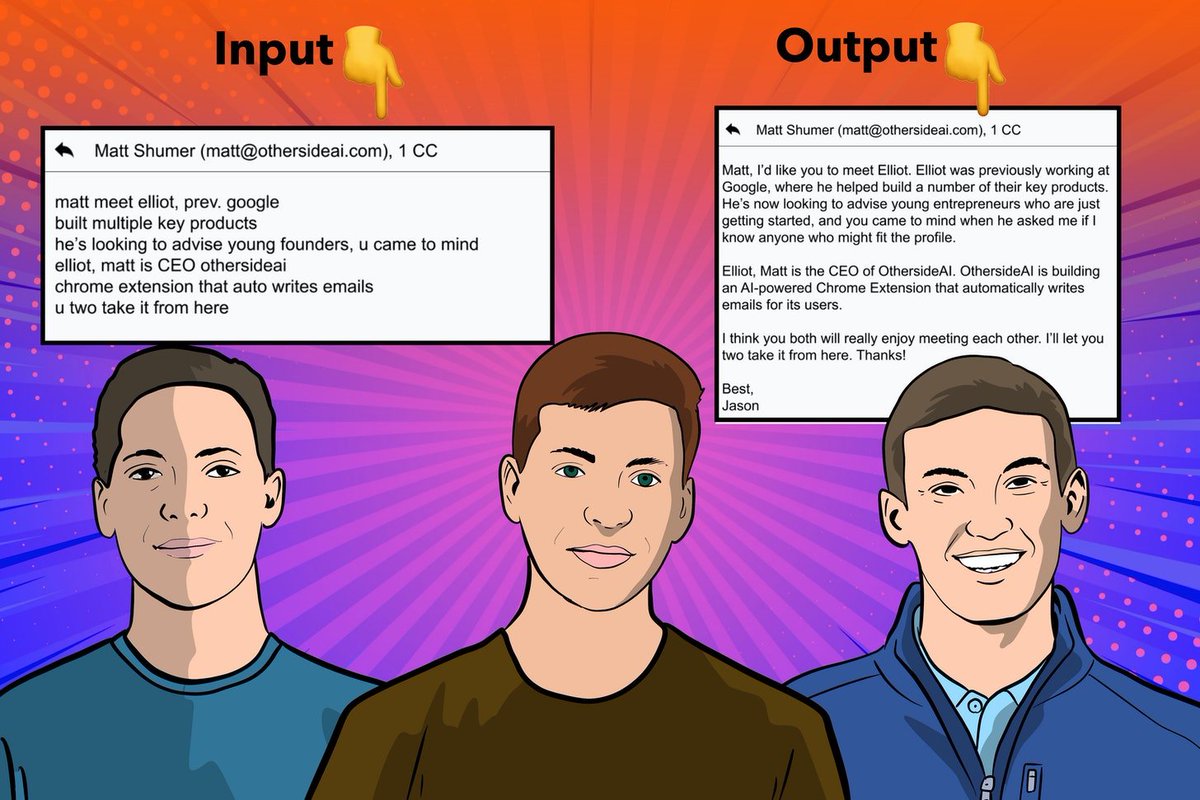
The company’s origin story is incredible. 🔥
The idea for OthersideAI came from an experience CEO Matt Shumer had at his previous startup, Visos.
“I eventually came to the conclusion that I spend too much time writing emails and I tried to figure out a way to use [GPT-2] to cut that time down” -MS
Open-source artificial intelligence by OpenAI.
Developers wield the AI to perform certain specific tasks.
In this case, composing emails.
We built that, and it actually worked out really, really well.” -MS
Around this time OpenAI announced and released GPT-3, the successor to GPT-2.
It was so more advanced than GPT-2 it may as well have been called GPT-10.
OpenAI had an approval process and a long waiting list.
Not wanting to waste anytime, the OthersideAI team cold emailed the CTO of OpenAI, Greg Brockman, in an attempt to fast-track the process.
It worked! 💪
“The day we got access [to GPT-3] we decided to see what we could do… and within about 2 hours we were able to whip up a demo that was just miles ahead of what we had. We really had something that can truly write emails for you.”—MS
Matt Shumer said they were able to move that fast because of their prior experience experimenting with GPT-2.
Fair enough. But still…
It ‘went viral’ and generated hundreds of thousands of views.
Eventually over 1 million. 📈
This led to coverage in major publications like the New York Times.

It looked like you were viewing the future today. 🔮
The product they're building transforms basic text into a well-written email.
Input 👇
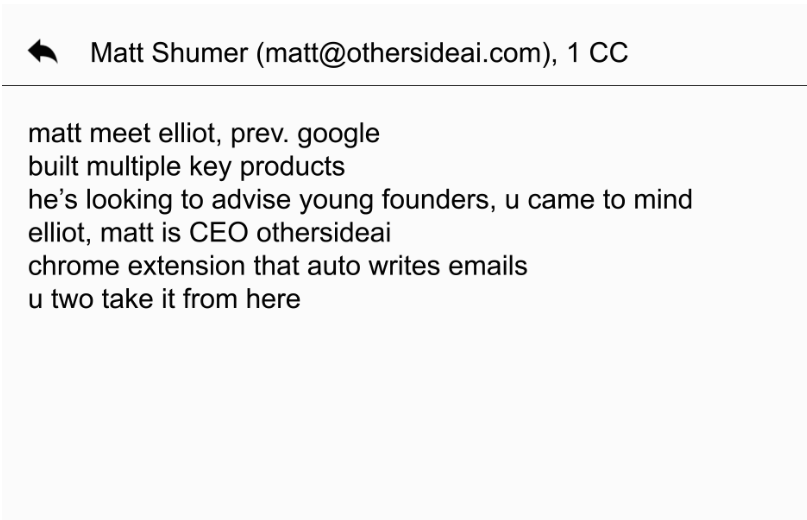
Their long term vision is to free up billions of hours of time for working professionals globally.
Game-changing. 👀
When it’s combined with a truly valuable and futuristic proposition like this, twitter can go wild.
And, it did. 💥
At the time of writing their waitlist is around 13,000! 📈
You can add yourself to the list here. 👇
https://t.co/mNLDztADi5
If you want to hear more on that and grab a breakdown on their launch framework, I wrote it up here👇
https://t.co/KXUkuTkrNN







